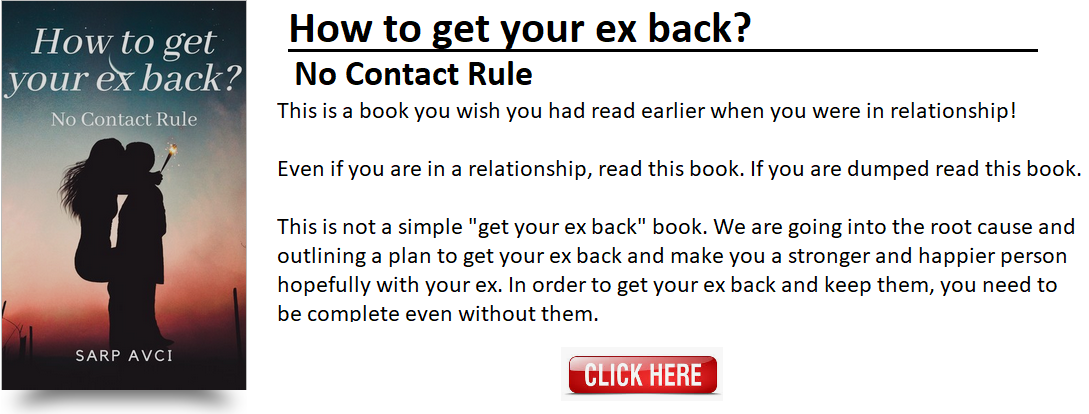It was quite obvious in the morning that the haze in Singapore today was much worse than the previous days, which were already recording record levels of PSI. There was thick smoke in everywhere including the closed spaces like our office.
Well, your nose cannot be wrong, Singapore PSI has hit a new all time high today on Friday:
The Pollutant Standards Index (PSI) hit 401 at 12:00 on Friday (04:00 GMT) - the highest in the country's history. The haze is also affecting Malaysia, with another 100 schools closed in the south of the country.
A PSI reading above 300 is already defined as "hazardous". But according to Singapore government guidelines, PSI reading of above 400 over 24 hours "may be life threatening to ill and elderly people"!
According to Singaporean Prime Minister Lee Hsieng Loong, the haze in Singapore could remain in place for weeks. Last time there was a large scale haze in South East Asia, the air quality across the region only started to improve in late October as heavy rainfall doused fires in Indonesia.
Who is behind the haze? Which companies to blame for haze?
On this scale, it is very unlikely that the slash-and-burn is done simply by individual poor farmers:
"It can easily last for several weeks and quite possibly longer until the dry season ends in Sumatra," Lee Hsien Loong said on Thursday, warning of action if Singapore-linked companies were behind the burning.
"On the scale of it, it's unlikely to be just small stakeholders slashing and burning."
As we have written before, palm oil farming is to blame, whether the slash-and-burn is done by individuals or firms. Increased demand for this oil as a cheap way to source bio-fuel to meet the so-called green quoted is to blame.
Around 50 million tons of palm oil is produced annually; with almost all of that being non-sustainable palm oil, that replaces millions of hectares of dense, bio-diverse rainforest.
Palm oil is mainly used in foods, cosmetics and cleaning agents, but it can also be found in some bio-fuels. This fatty vegetable oil is mixed with a number of other fuels and liquids to create an 'Eco-Friendly' bio-fuel. This 'Eco-Friendly' bio-fuel has already become mandatory in numerous countries including Malaysia, where 5% of all fuel must contain palm oil, and if it continues to be voted into petrol stations around the world, the future for our orange primate cousins and their rainforest homes will be very bleak. - Source : Say no to palm oil
Singapore wants Indonesia to provide maps of land concessions so it can act against firms that allow slash-and-burn land clearing.
Greenpeace International told Eco-Business that some Singapore-based companies are known to source palm oil from companies involved in the fire clearing and forest destruction.
Well, your nose cannot be wrong, Singapore PSI has hit a new all time high today on Friday:
The Pollutant Standards Index (PSI) hit 401 at 12:00 on Friday (04:00 GMT) - the highest in the country's history. The haze is also affecting Malaysia, with another 100 schools closed in the south of the country.
A PSI reading above 300 is already defined as "hazardous". But according to Singapore government guidelines, PSI reading of above 400 over 24 hours "may be life threatening to ill and elderly people"!
According to Singaporean Prime Minister Lee Hsieng Loong, the haze in Singapore could remain in place for weeks. Last time there was a large scale haze in South East Asia, the air quality across the region only started to improve in late October as heavy rainfall doused fires in Indonesia.
 |
| Map and satellite view of the haze over Singapore |
On this scale, it is very unlikely that the slash-and-burn is done simply by individual poor farmers:
"It can easily last for several weeks and quite possibly longer until the dry season ends in Sumatra," Lee Hsien Loong said on Thursday, warning of action if Singapore-linked companies were behind the burning.
"On the scale of it, it's unlikely to be just small stakeholders slashing and burning."
As we have written before, palm oil farming is to blame, whether the slash-and-burn is done by individuals or firms. Increased demand for this oil as a cheap way to source bio-fuel to meet the so-called green quoted is to blame.
Around 50 million tons of palm oil is produced annually; with almost all of that being non-sustainable palm oil, that replaces millions of hectares of dense, bio-diverse rainforest.
Palm oil is mainly used in foods, cosmetics and cleaning agents, but it can also be found in some bio-fuels. This fatty vegetable oil is mixed with a number of other fuels and liquids to create an 'Eco-Friendly' bio-fuel. This 'Eco-Friendly' bio-fuel has already become mandatory in numerous countries including Malaysia, where 5% of all fuel must contain palm oil, and if it continues to be voted into petrol stations around the world, the future for our orange primate cousins and their rainforest homes will be very bleak. - Source : Say no to palm oil
Singapore wants Indonesia to provide maps of land concessions so it can act against firms that allow slash-and-burn land clearing.
Greenpeace International told Eco-Business that some Singapore-based companies are known to source palm oil from companies involved in the fire clearing and forest destruction.



No comments:
Post a Comment